Daikin Templifier TGZ Instruction Manual
Other Daikin Water Heater manuals
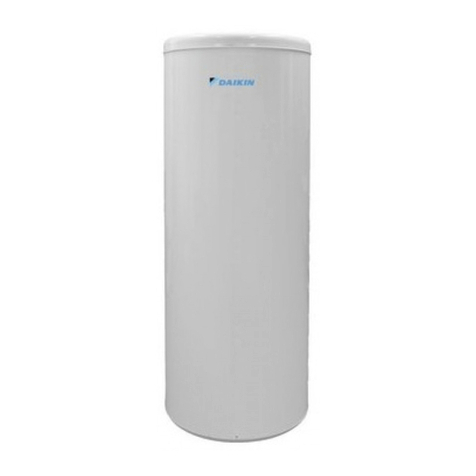
Daikin
Daikin EKHWSU150B3V3 User manual
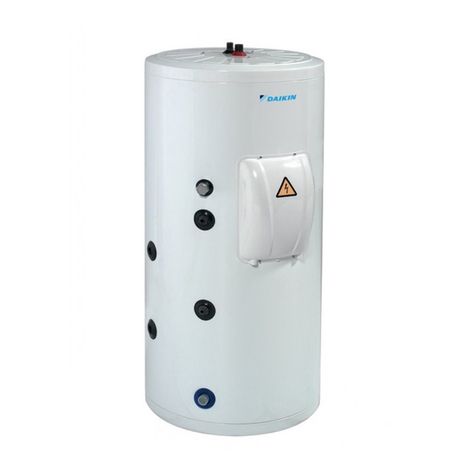
Daikin
Daikin Altherma EKHWE150A3V3 User manual
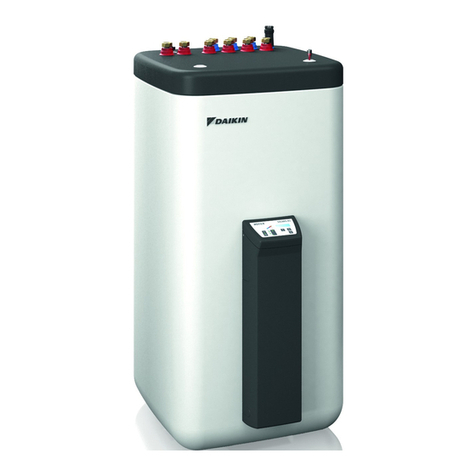
Daikin
Daikin EKHWP300B User manual

Daikin
Daikin EKHWP500B User manual
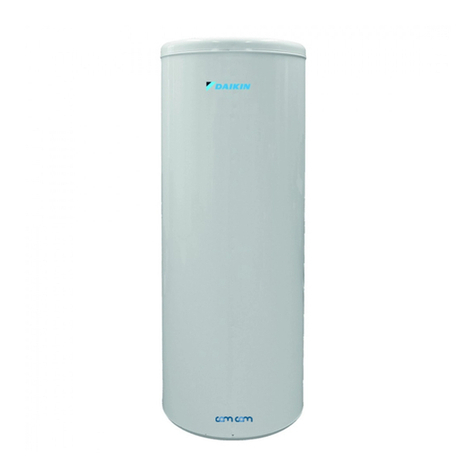
Daikin
Daikin EKHWS050B3VJU User manual
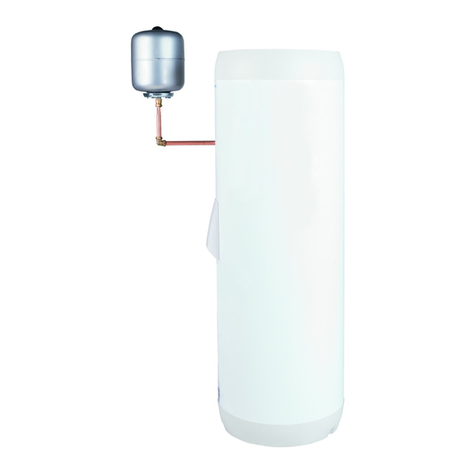
Daikin
Daikin EKHWSU150BA3V3 User manual
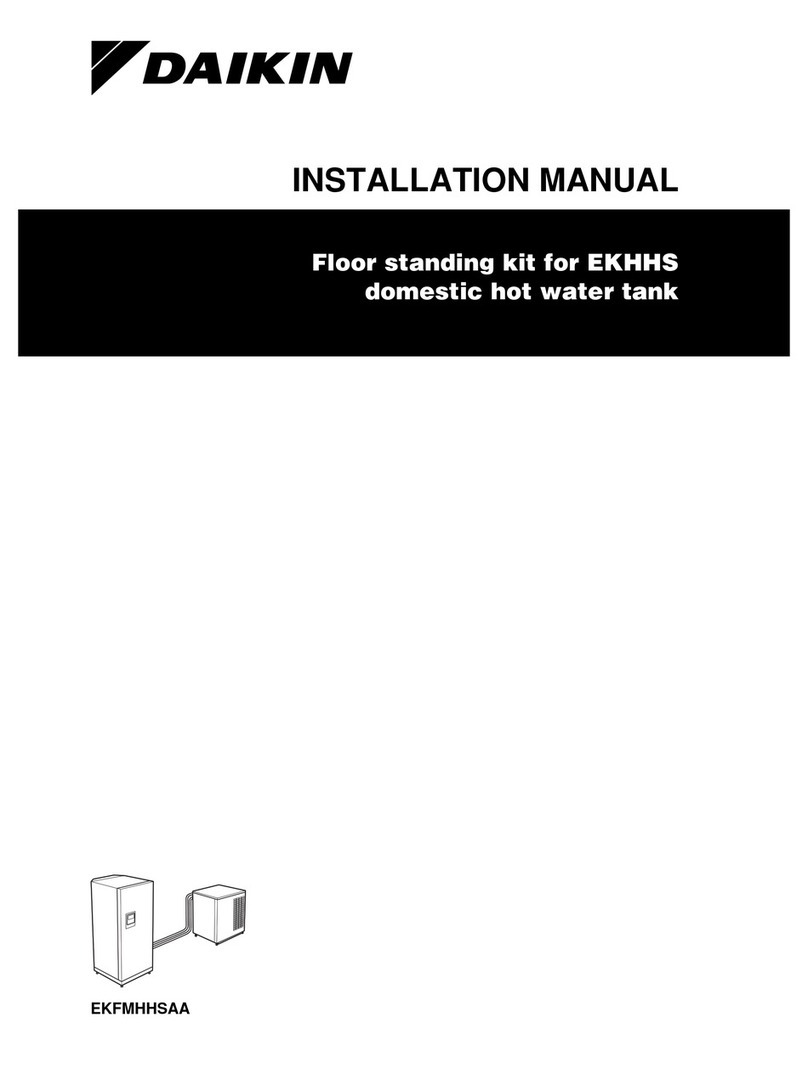
Daikin
Daikin EKFMHHSAA User manual
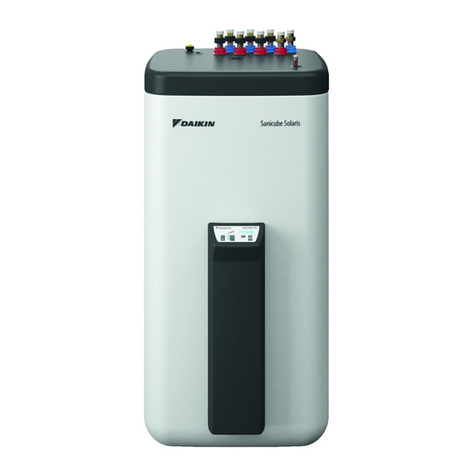
Daikin
Daikin EKHWCH300B User manual
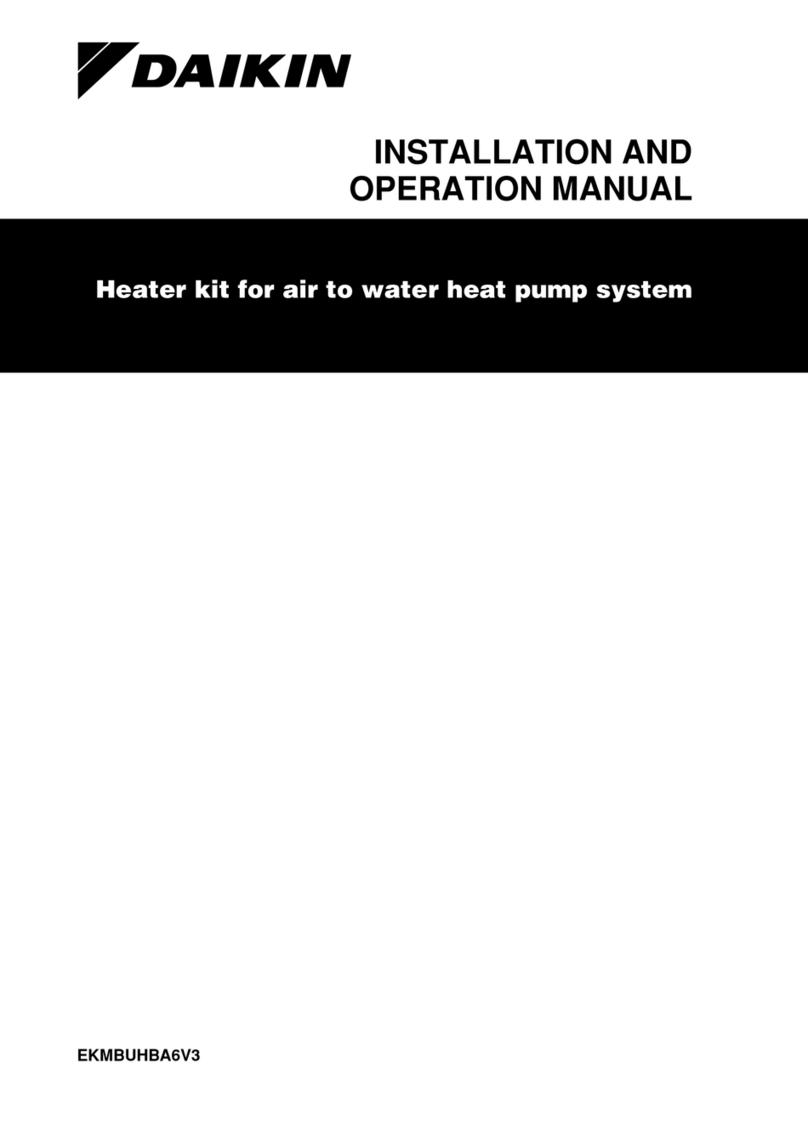
Daikin
Daikin EKMBUHBA6V3 User manual
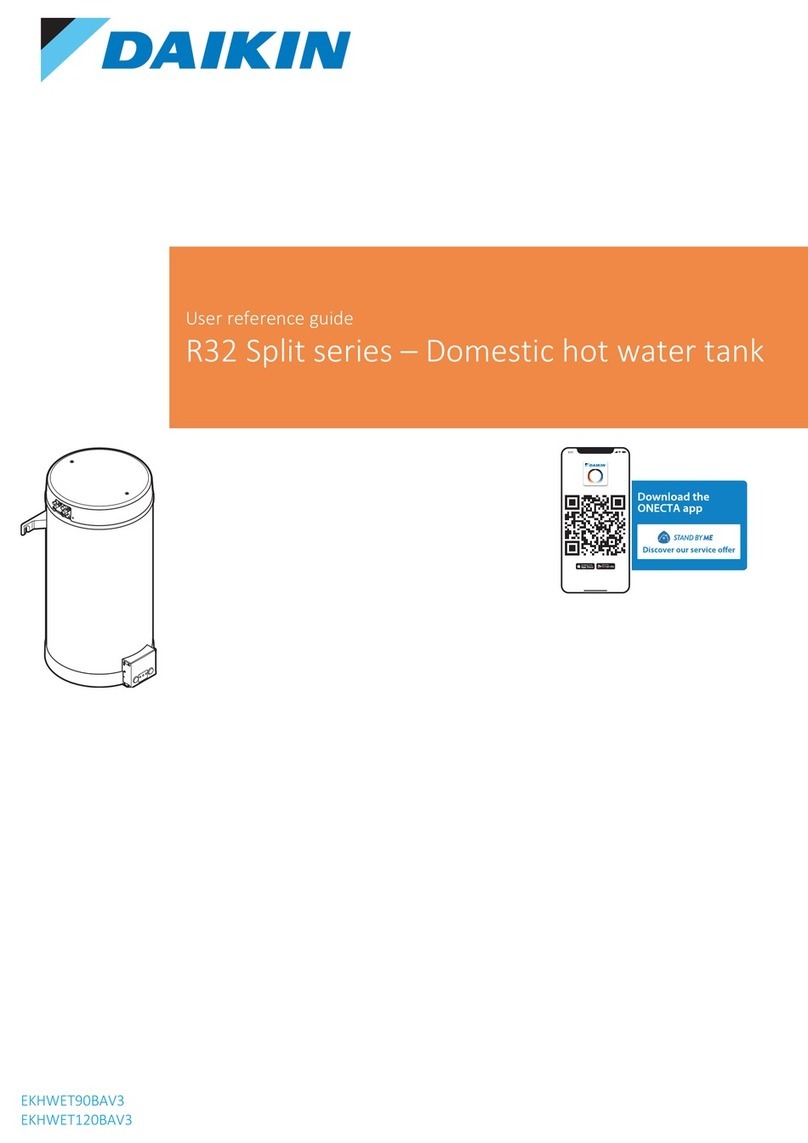
Daikin
Daikin R32 Split Series Product information sheet
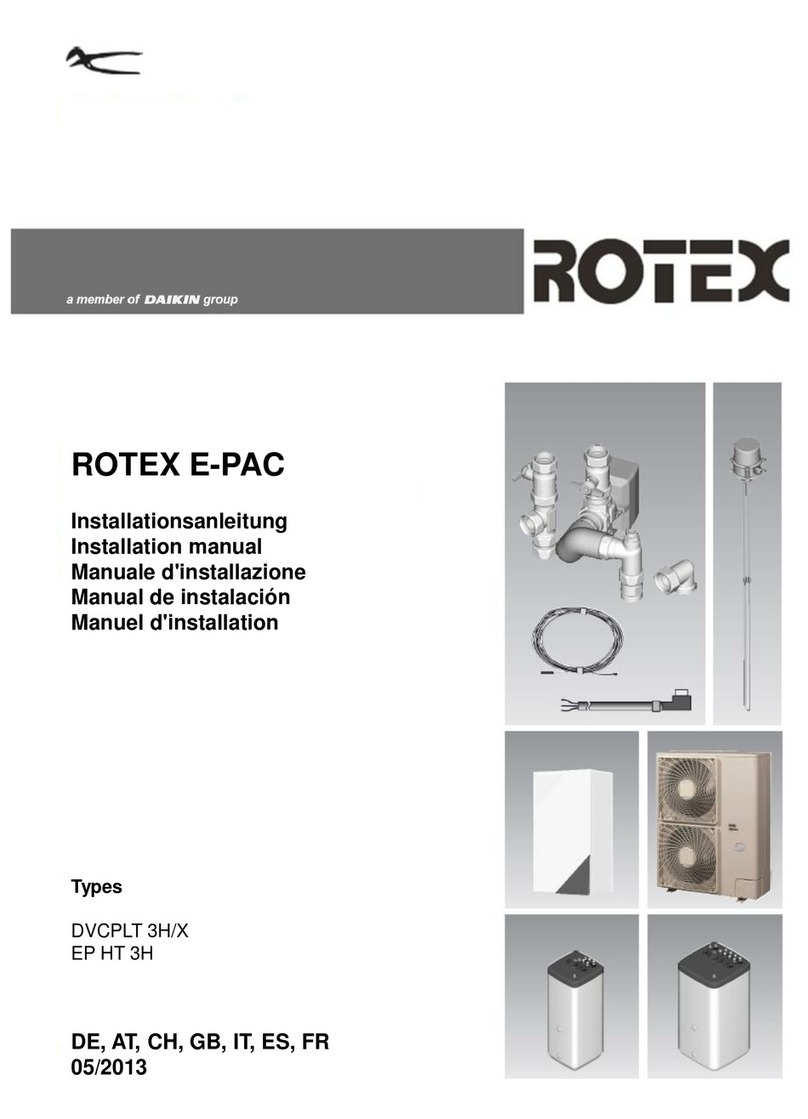
Daikin
Daikin Rotex E-Pac DVCPLT 3H/X User manual
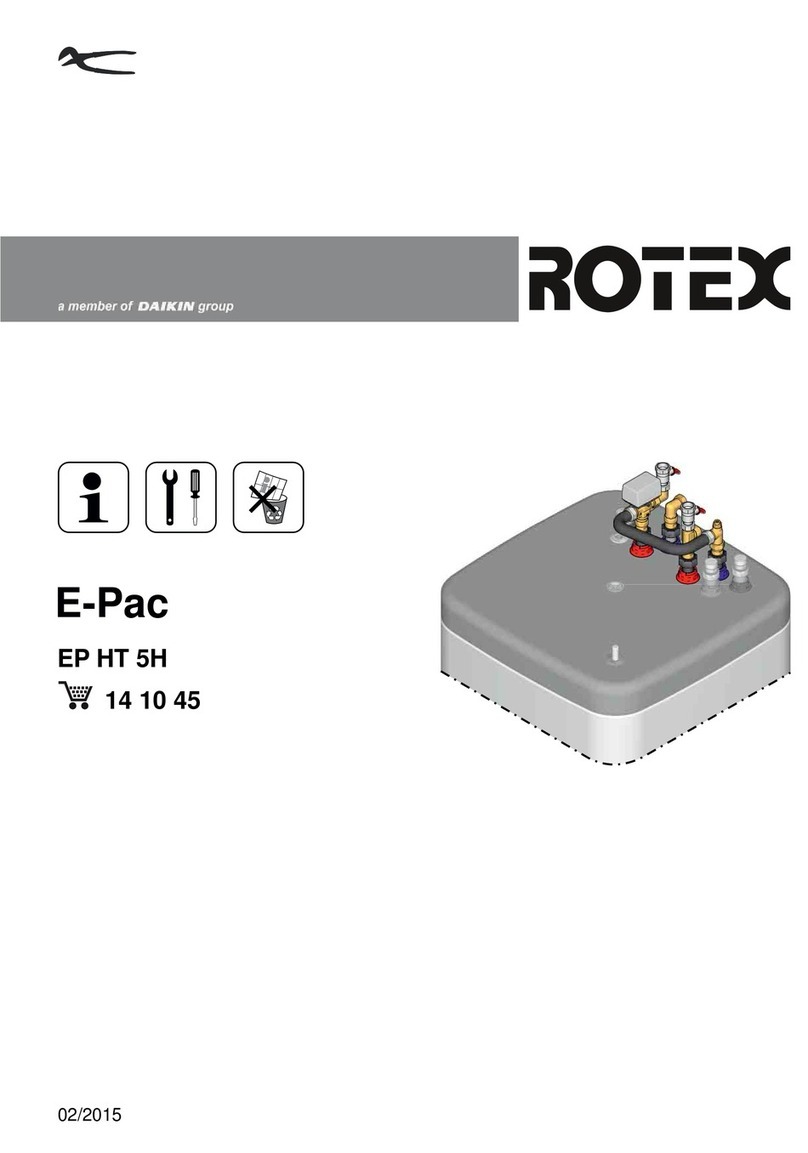
Daikin
Daikin Rotex E-pac EP HT 5H User manual

Daikin
Daikin R32 Split Series How to use
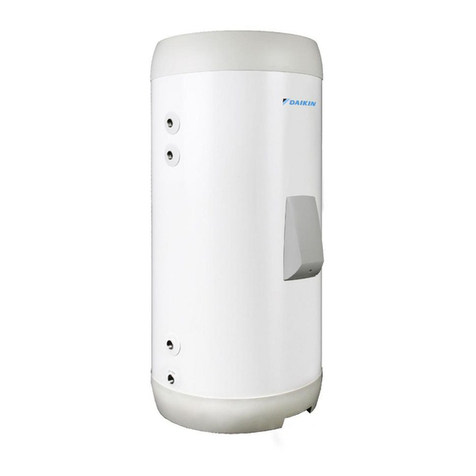
Daikin
Daikin EKHWS150D3V3 User manual

Daikin
Daikin EKHWET90BAV3 User manual

Daikin
Daikin EKHWS 150D3V3 Series User manual

Daikin
Daikin Altherma EHSX04P30B User manual
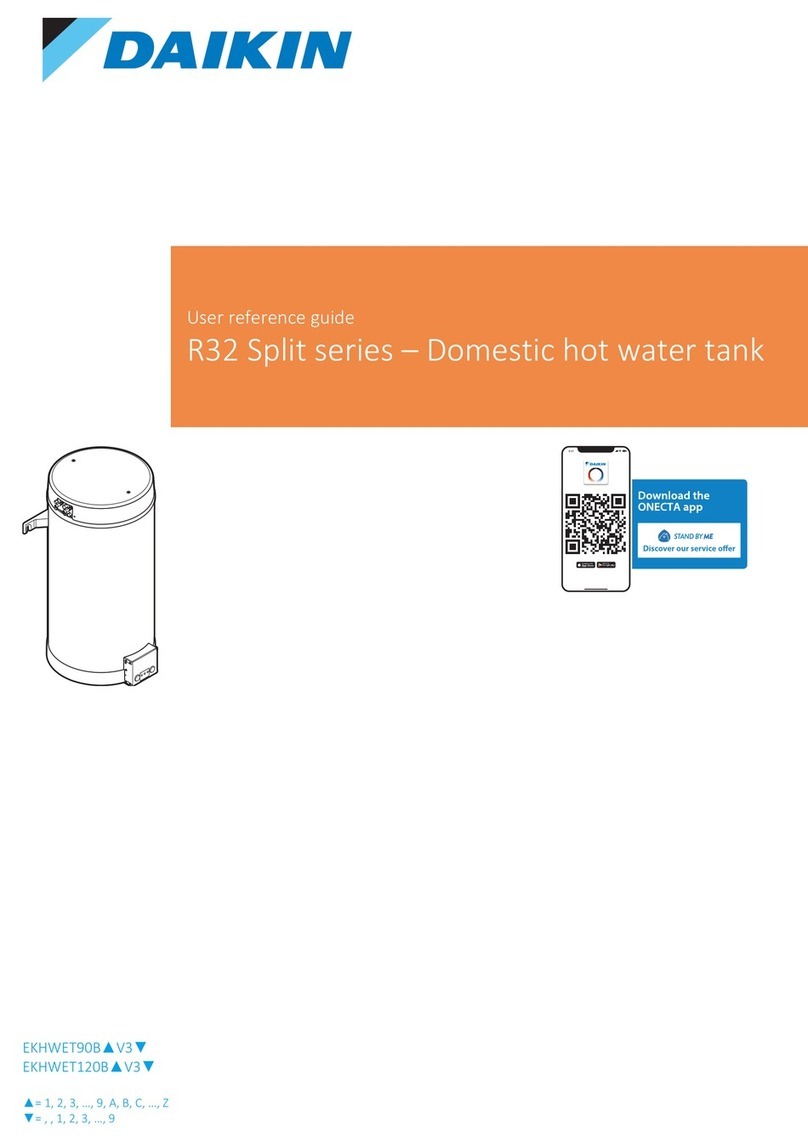
Daikin
Daikin EKHWET120B V3 Series Product information sheet
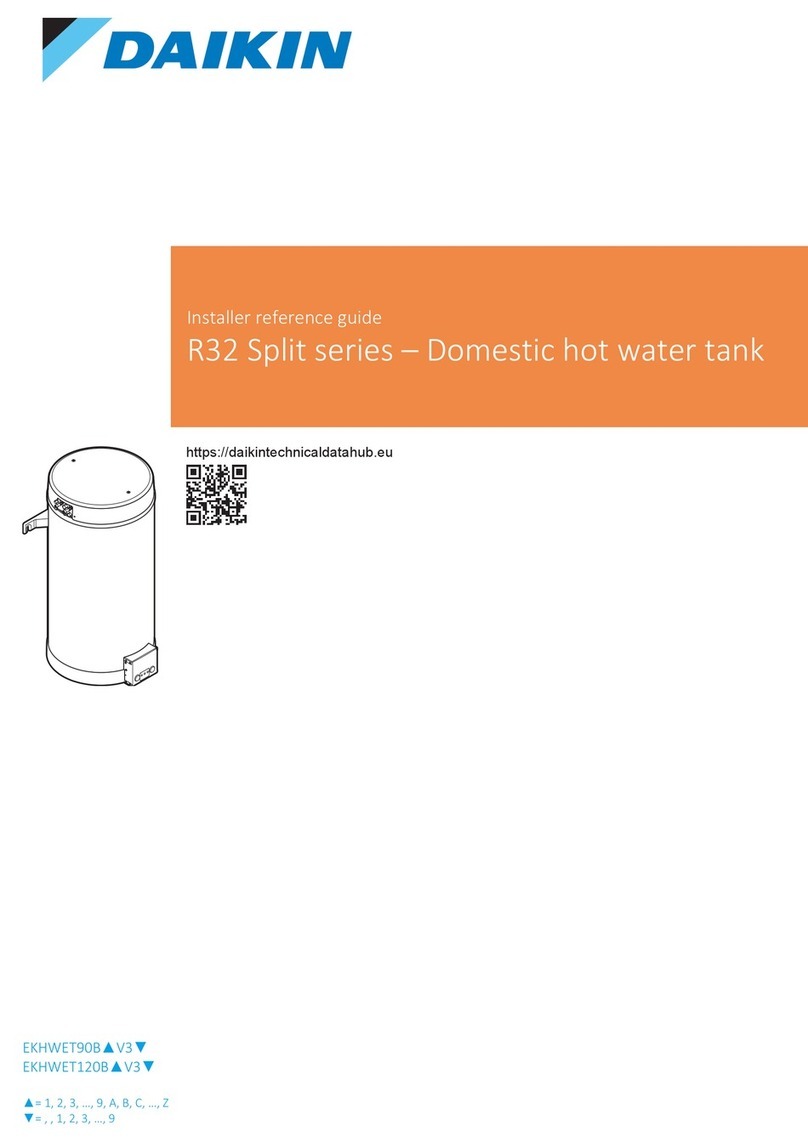
Daikin
Daikin EKHWET-BV3 How to use

Daikin
Daikin EKVSU260A User manual
Popular Water Heater manuals by other brands

clage
clage German pool CEX13 operating instructions

Noritz
Noritz proTough NR98SV installation manual

DeDietrich
DeDietrich KALIKO TWH 200 EV Installation and service manual

veito
veito FLOW Installation and operating instructions

ICI Caldaie
ICI Caldaie COSMOGAS AGUATANK 150 Instructions for installation, use and maintenance manual

Savio
Savio Laser 11 A Instruction manual for installation and use

Kenmore
Kenmore 153.582400 Use & care guide

STIEBEL ELTRON
STIEBEL ELTRON Eltronom SHU 5 S Operating and installation instructions

clage
clage E-Mini Series Operating and installation instructions

Solar
Solar SunX 317365-002 instruction manual

Bradford White
Bradford White EF Series Service manual

Dimplex
Dimplex ECSd125-580 Installation and user instructions

Dux
Dux 32FCR6N installation manual

Noritz
Noritz N-132M Owner's guide and installation manual

TESY
TESY GCV7/4S 10047 Instructions for use and maintenance

A.O. Smith
A.O. Smith Gphe 50 instruction manual

Rinnai
Rinnai REP199i Installation and operation manual

Toyotomi
Toyotomi Oil Miser OM-148 (Type D) Operation and maintenance instructions











